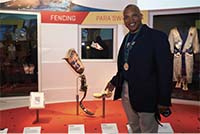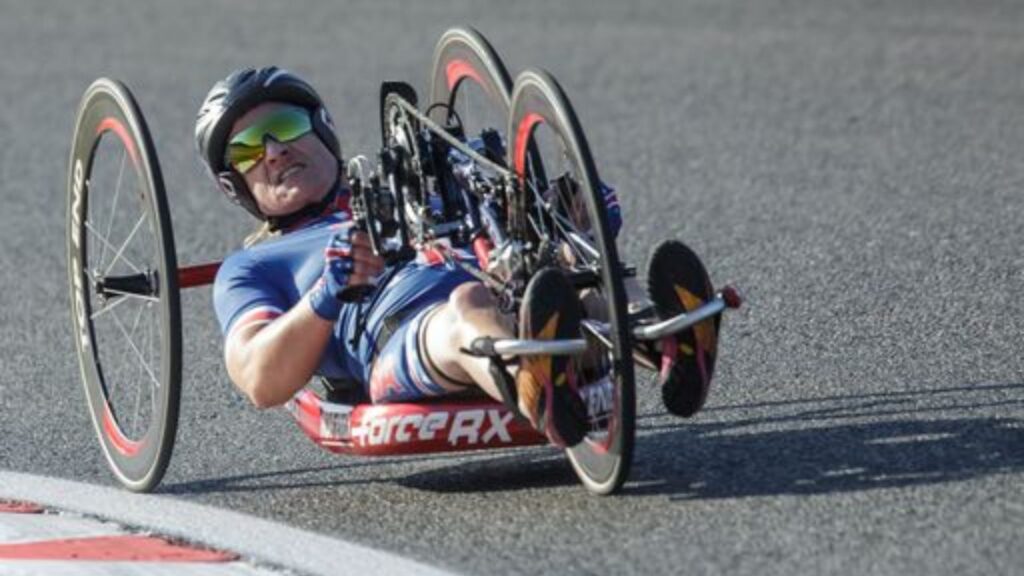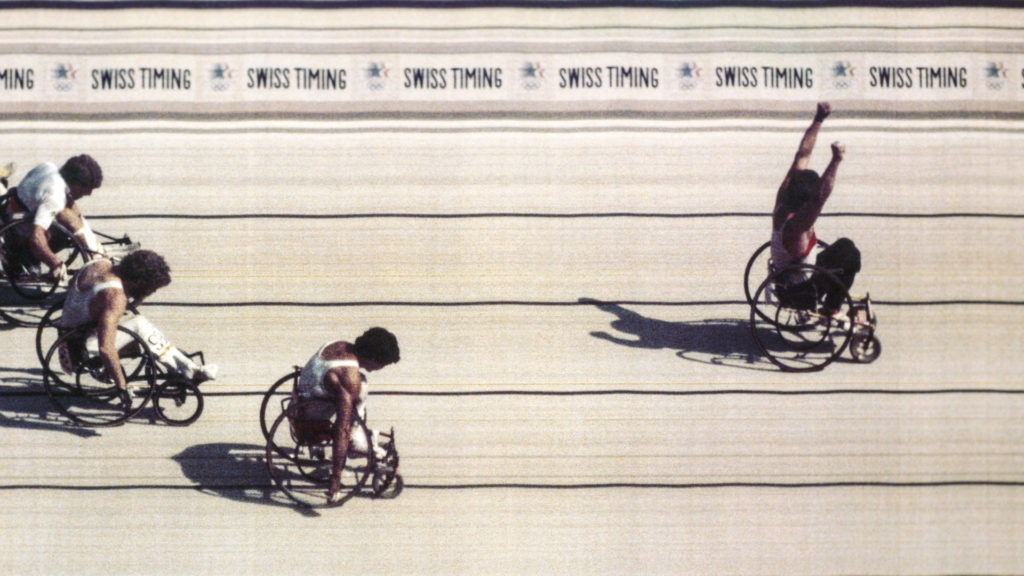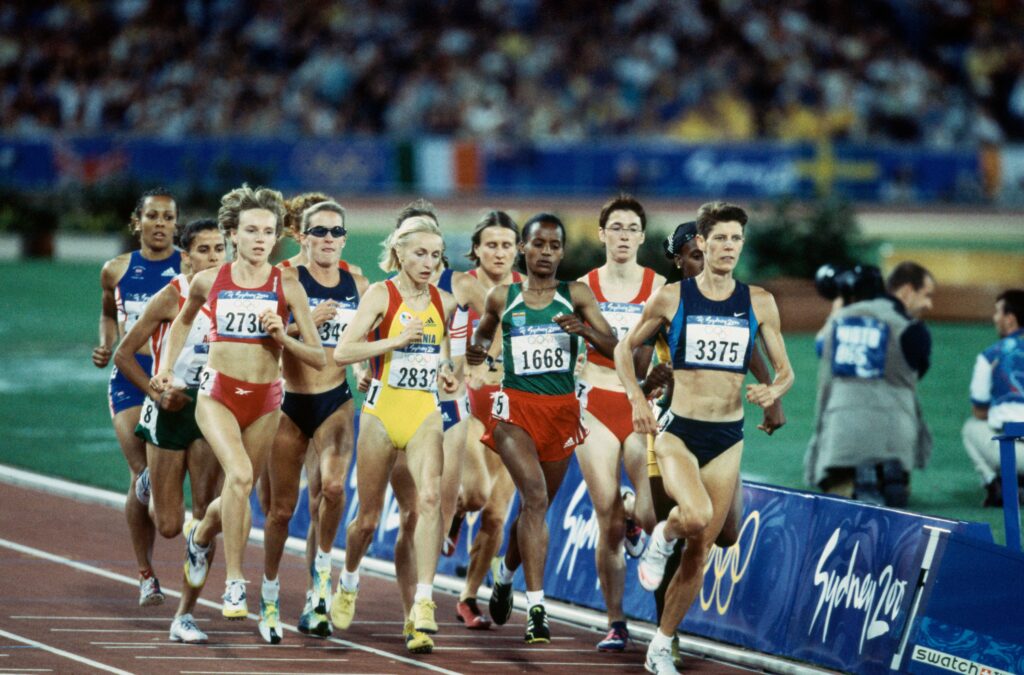After serving in the U.S. Army Field Artillery during World War I, Charley Paddock competed in the 1919 Inter-Allied Games in Paris, where he won the 100- and 200-meter dashes and was nicknamed
“the fastest man alive.”
Paddock returned to the United States and enrolled at the University of Southern California, where he was a member of the track and field team. One year later, he was back in Europe for the Antwerp 1920 Olympic Games, where he sped to gold in the 100-meter dash, flinging his arms wide and jumping across the finish line. He also won gold in the 4×100-meter relay and silver in the 200-meter dash.
Four years later, Paddock repeated his silver in the 200 at the Paris 1924 Olympic Games – his performance there was the basis for the movie Chariots of Fire. Paddock also made the U.S. Olympic Team that competed in the Amsterdam 1928 Olympic Games.
Paddock had a career as a newspaper editor and publisher and went back into the military, serving in the
U.S. Marine Corps during World War II.
Paddock was a top aide to USMC Maj. Gen. W.P. Upshur. The two men and four others were killed in a plane crash near Sitka, Alaska, in 1943. Paddock was 42 years old.












